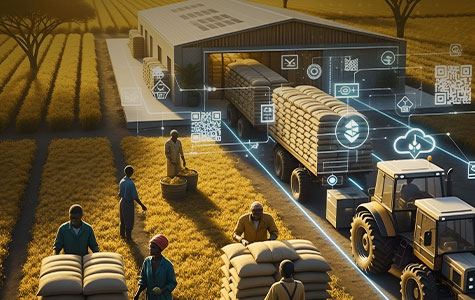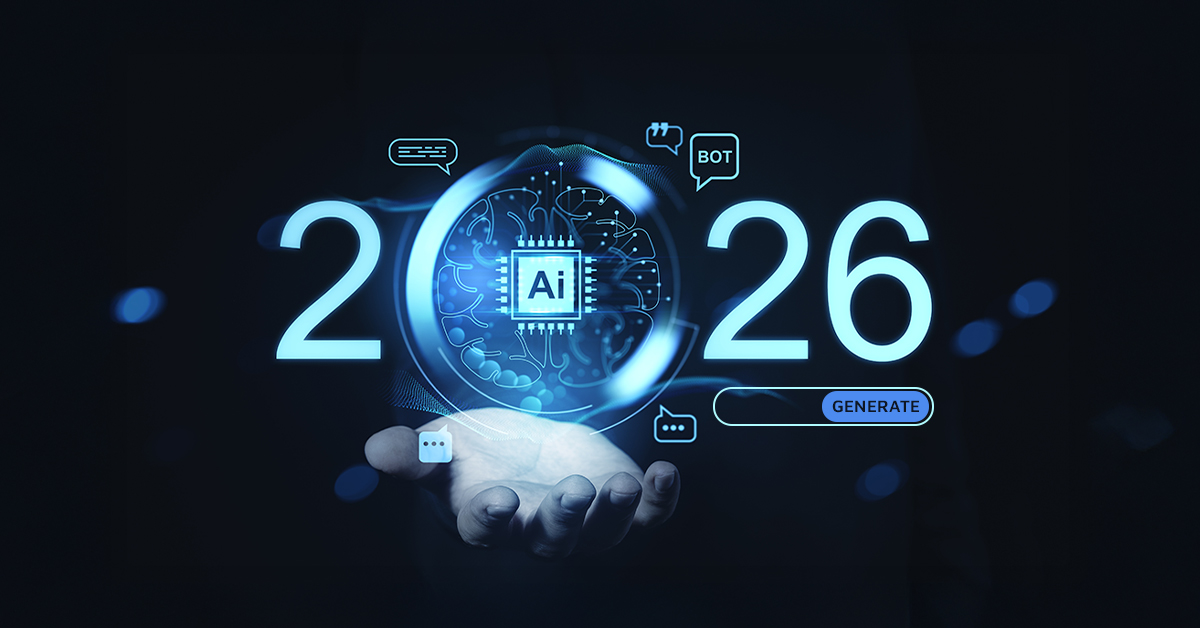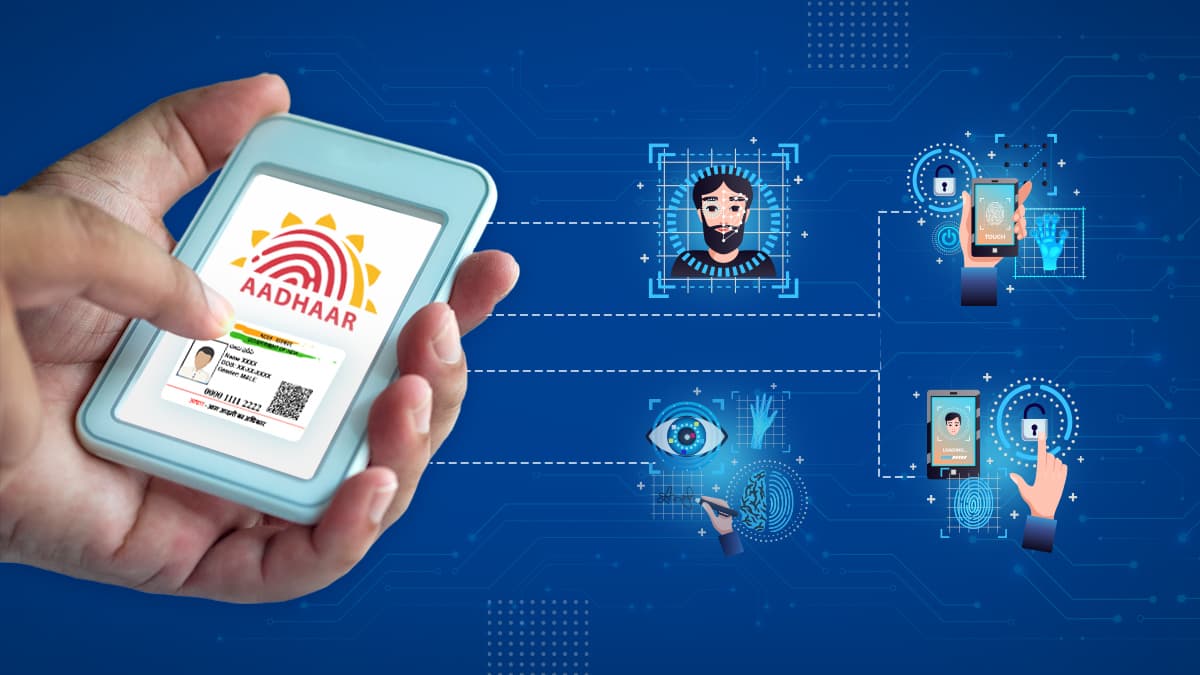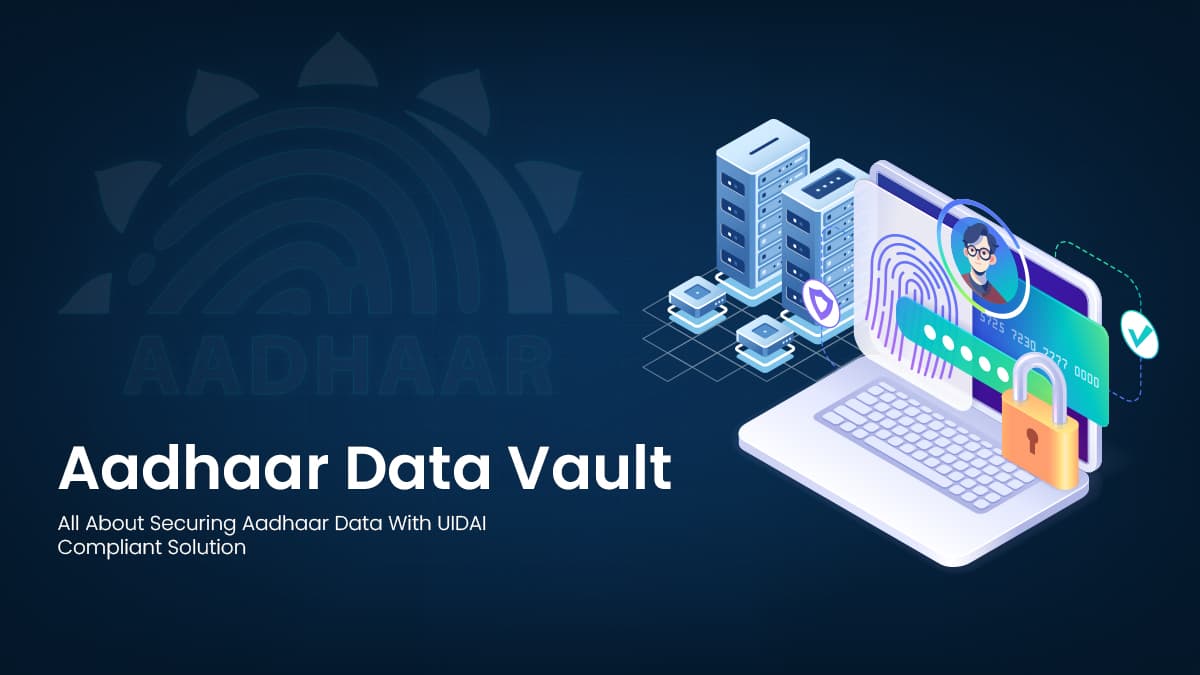
Globally, aid organizations and development agencies play an essential role in improving people's lives. However, coordinating and managing aid programs can be a challenging task involving a large amount of data. The challenges compound if you consider the scale of global funding. In 2021, donor nations' Official Development Assistance (ODA) totaled USD 185.9 billion (Source: OECD). In the international development community, effectiveness in development cooperation is a long-standing issue. The Paris Declaration and Accra Agenda for Action are crucial milestones in this quest. Here, Aid Information Management Systems (AIMS) come into play. AIMS are comprehensive software solutions that automate aid-related data management, analysis, and reporting.
How Have These Systems Evolved?
AIMS (Aid Information Management System) is not a new kid on the block. As technology advanced and the need for more efficient aid management grew, it evolved over time. Instead of drowning in spreadsheets and paperwork, organizations realized the importance of a centralized data management system. As a result, AIMS has gained widespread acceptance and popularity among aid agencies, governments, and NGOs. It’s like the cool kid in school everyone wants to hang out with because it simplifies their lives.
Dissecting the Challenges & Best Practices
1. Data Quality Assurance
Unlike fine wine, data quality doesn't really improve with age. Any AIMS implementation will only succeed if the data is of high quality. Organizations need to invest time and effort to ensure data accuracy, completeness, and consistency. To achieve this, it is important to establish data quality assurance processes, train employees on data entry best practices, and monitor and audit data regularly.
2. Stakeholder Engagement and Capacity Building
AIMS implementation is not a one-person show. All stakeholders must be actively involved and collaborate. To ensure smooth adoption and usage, organizations must engage with users, understand their needs, and provide training and support.
3. Integration with Existing Systems
AIMS is not an isolated island in the vast sea of systems. It should be compatible with your organization's financial, human resource, and project management systems. Integrating systems is essential to ensuring a smooth flow of information and preventing duplicate data entry. Organizations must consider technical requirements and potential challenges in planning and coordinating the integration process. Putting all the pieces together seamlessly is like building a puzzle; you must ensure they all go together.
How CSM Tech Staged A Turnaround in Mozambique

The Mozambican economy depends heavily on aid. It is also a country where 19 donors (G19) have organized themselves to provide direct budget support and where the government is reforming its cooperation policy and architecture to be more inclusive.
The Government of Mozambique (GoM) developed ODAmoz, the country's first Aid Management Information System software, to collect aid data from development partners (DPs). The application was operated by Mozambique's Directorate of Cooperation (DC) in the Ministry of Economy and Finance (MEF). On behalf of the European Commission and the Embassy of the Netherlands, ODAdata developed this application in 2005 to coordinate and monitor Mozambique's Official Development Assistance (ODA). The application, however, had many shortcomings. ODAmoz didn't use national budget classification categories, complicating aid data integration with budget data. Within the system, there needed to be more flexibility, updates to reflect annual changes to the country's Chart of Accounts, and an inability to accommodate multi-donor projects and pooled funds, leading to double counting. Moreover, there needed to be more communication between the GoM and development partners (DPs), thus excluding the principal source of feedback on usability.
CSM Tech partnered with Intellica- a Mozambican company- to enhance the existing application. The revamped application has strengthened oversight, raised the bar on transparency, and made the user interface seamless for all actors.
The altered system has an array of modules for the benefit of the state and non-state actors- Financial Planning Modules, Project Registration Modules, Disbursement Module, Project Monitoring Module, Data Repository Module, Data Migration Module, etc.
The system brings in a multitude of benefits:-
- Transparency and Accountability
- Efficient Resource Allocation
- Data-Driven Decision Making
- Reduced Duplication and Overlap
- Improved Monitoring and Evaluation
- Efficient Risk Management
- Long-Term Development Planning
The future of AIMS lies in the advancement of data analytics and Artificial Intelligence (AI). AI algorithms can analyze and interpret aid data as it grows, uncover insights, and make predictions based on the growing volume of aid data. The data-driven approach allows stakeholders to make better resource allocation decisions. Furthermore, AI-powered chatbots and virtual assistants can fully automate routine tasks, freeing up valuable human resources.










































We will verify and publish your comment soon.